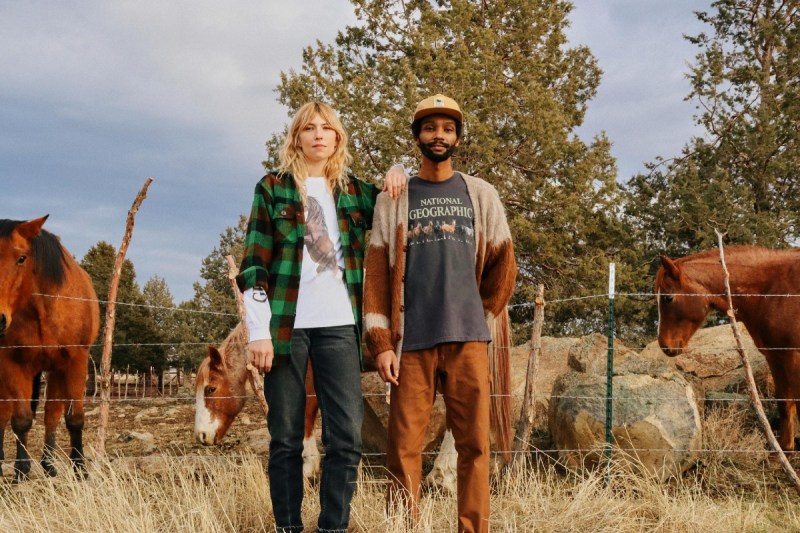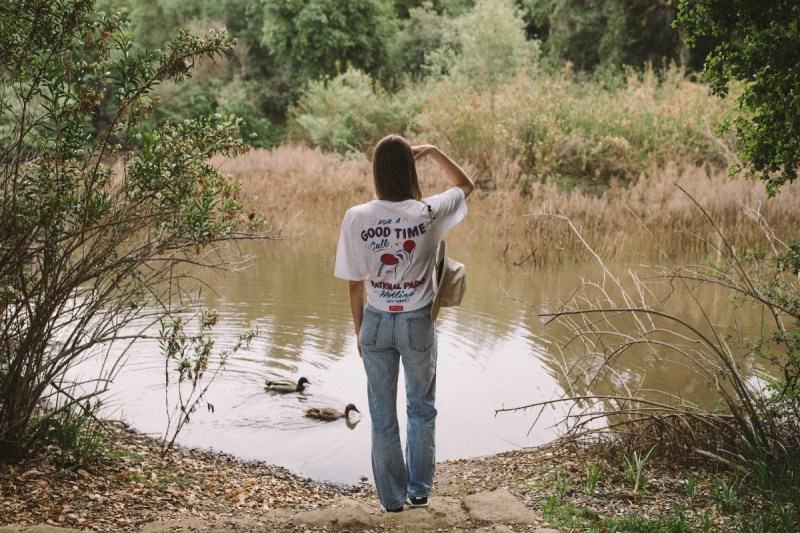If pandemic-enforced isolation did anything, it drove more people outside. According to internal stats, the National Park Service hosted 297 million visitors in 2021, which was up 60 million visits, good for a 25% bump over 2020. Easing COVID-19 protocols allowed more open park facilities, and the outdoors called out to people who have been stuck inside.
While this is a positive revenue bump for national parks, now approaching numbers leading to the 2014-2015 run up to the NPS Centennial in 2016, increased use and a continued labor shortage makes it difficult to maintain park conditions and programs. With an over $1 billion backlog in necessary repairs, the National Park Service needs additional help to preserve and upkeep some of our most sacred destinations. Fortunately, nonprofit groups like Parks Project have stepped into the void to nurture these national parks and ensure their present and future existence. And along with encouraging volunteers and youth participation, the output includes some pretty sweet fashion.

Since 2014, Parks Project has stepped up with a three-pillared approach to preserving these natural treasures: Raising contributed funds, facilitating and participating in on-the-ground volunteer efforts, and supporting efforts to get youths involved in national parks.
Collaborative projects with artists, designers, parks, and outdoors organizations have elicited stylish, high-quality colorblock fleece jackets, cozy shroom-printed beanies, and park-inspired merchandise to show off your favorite national park. Contributed revenue from merchandise sales and charitable donations have risen from just a thousand dollars in 2014 to breaking the $2,000,000 mark in 2021. Each purchase not only funds Parks Project donations to national park upkeep but it also funnels money to Junior Ranger programs, heritage education, trail maintenance, habitat protection, and more.
“We take a very wholesome approach through financial contributions, physical efforts, and changing minds,” Parks Project co-founder Keith Eshelman said in an interview. “It might be a little bit under the radar, but education and advocacy is a huge part of that and, in the long run, should have the biggest impact.”
Inspiration struck Eshelman in 2014 when planning a Big Sur hike with his daughter, Beverley. Seeking to take full advantage of paternity leave, Eshelman traveled to Big Sur to take on a hike that he’d taken many times as a Bay Area native. The trail that he usually hiked, however, was closed.
“That was my moment years ago: I realized that this might not be available for my daughter, so this quickly had me volunteering and doing trail work. This spawned a whole educational deep dive and an effort to bring in people who also have this passion and physically support them for volunteer work,” Eshelman said.
This birthed projects across California and soon across the United States. Eshelman and co-founder Sevag Kazanci took an entrepreneurial approach to Parks Project. This began with birthing an idea, connecting with state and national parks on specific projects and assistance that they were looking for, and then getting onto the ground to both physically help and seek aid with an indefatigable spirit.
“Unless you go into the trenches, you don’t know how you’re going to get it done,” Eshelman said. “That’s one of the advantages of bootstrapping: Getting to decide how we are going to make the product, design the product, how we market, and how we manage relationships.”

Through the efforts of a staff that’s grown from two to 22 in the last eight years, Parks Project has been able to engender a love of these outdoors spaces through specific, project-based work as opposed to just cutting a check to parks.
“This is why we have a variety of parks projects and why this organization is so unique,” Eshelman said. “We physically go to parks and ask what they need.”
This means helping the Yellowstone cougar conservation program through taking documentary video of wildlife, removing non-native species from the Yosemite Valley, and instituting Parks Projects’ first Junior Ranger Program in Zion National National Park.
“Investing in the next generation is so huge,” Eshelman said. “That’s what Gen Z is asking: How do we roll up our sleeves, and cultivate a call to action.”
Even though getting people to answer this call might take time, it bears positive and often funky fruit. It took organizers three years of asking, but they were finally able to connect with the Grateful Dead on a line in partnership with the Sierra Club.
This year, Parks Project is growing its Pacific Northwest presence with the addition of new activewear options celebrating the Oregon State Parks Centennial Anniversary in concert with Madewell apparel and artist Sabrena Khadija.
As these goods sell online, Park Projects will continue to encourage boots on the ground and getting a future generation involved the best way they know how: By jumping in and making things work.
“There’s no playbook. If there was, everyone would do it,” Eshelman said. “Everything comes down to your unique mission: Is that resonating? Do people connect with that? How do you go about distributing that and get the point across?”
In every way they can, Parks Project plans to continue rallying the voices, enthusiasm, and participation of younger generations to foster a growing audience interested in sustaining America’s awesome natural beauty today and for future generations.



